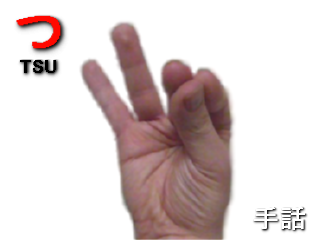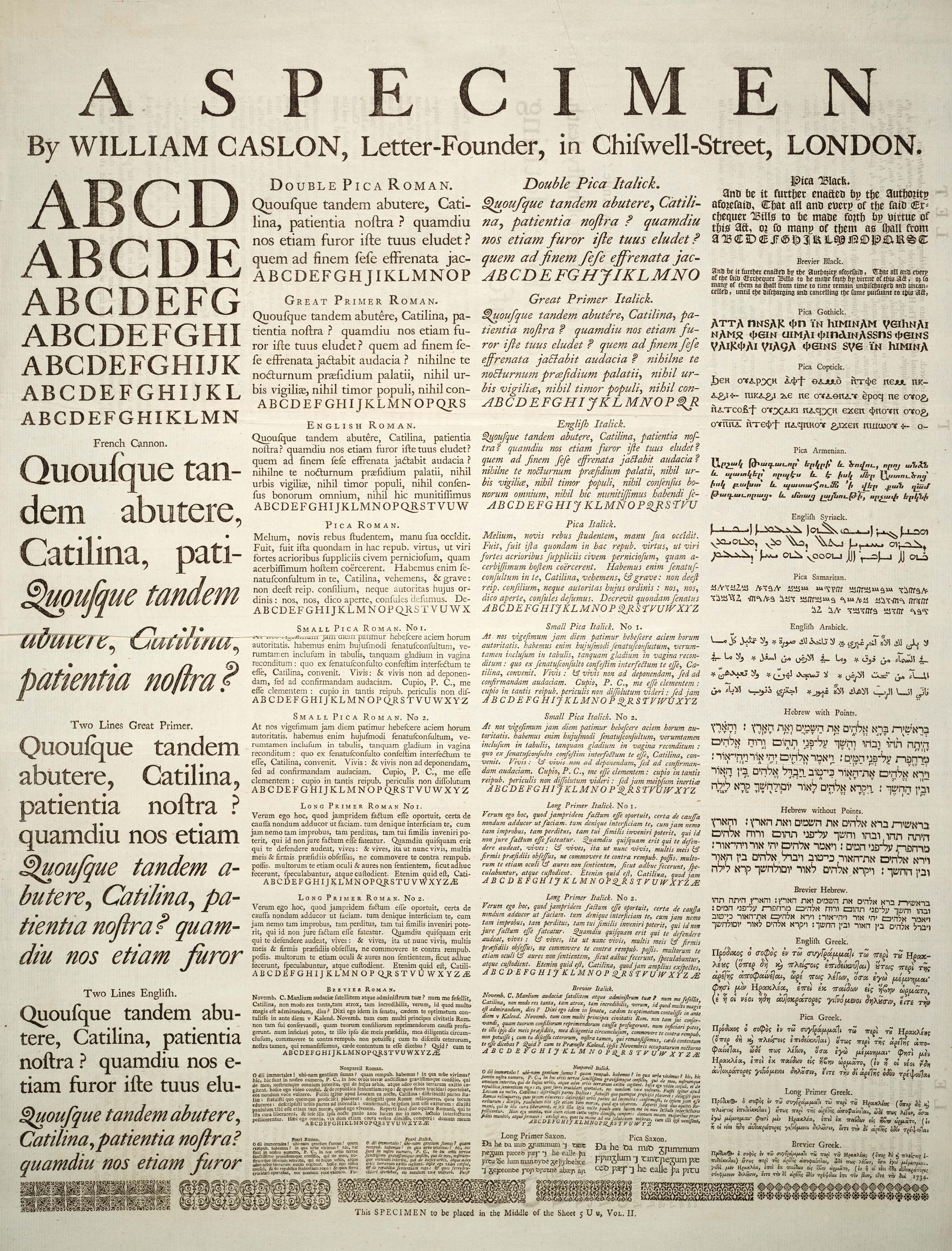|
Japanese Sign Language
, also known by the acronym JSL, is the dominant sign language in Japan and is a complete natural language, distinct from but influenced by the spoken Japanese language. Population There are 304,000 Deaf and Hard of Hearing people who are above age 18 in Japan (2008). However, there is no specific source about the number of JSL users because of the difficulty in distinguishing who are JSL users and who use other kinds of sign, like and . According to the Japanese Association for Sign Language Studies, the estimated number of JSL users is around 60,000 in Japan. History Little is known about sign language and the deaf community before the Edo period. In 1862, the Tokugawa shogunate dispatched envoys to various European schools for the deaf but the first school for the deaf was not established until 1878 in Kyōto. It was founded by Tashiro Furukawa, who also developed what would become JSL. Until 1948, deaf children were not required to attend school or to receive a formal e ... [...More Info...] [...Related Items...] OR: [Wikipedia] [Google] [Baidu] |
Japan
Japan is an island country in East Asia. Located in the Pacific Ocean off the northeast coast of the Asia, Asian mainland, it is bordered on the west by the Sea of Japan and extends from the Sea of Okhotsk in the north to the East China Sea in the south. The Japanese archipelago consists of four major islands—Hokkaido, Honshu, Shikoku, and Kyushu—and List of islands of Japan, thousands of smaller islands, covering . Japan has a population of over 123 million as of 2025, making it the List of countries and dependencies by population, eleventh-most populous country. The capital of Japan and List of cities in Japan, its largest city is Tokyo; the Greater Tokyo Area is the List of largest cities, largest metropolitan area in the world, with more than 37 million inhabitants as of 2024. Japan is divided into 47 Prefectures of Japan, administrative prefectures and List of regions of Japan, eight traditional regions. About three-quarters of Geography of Japan, the countr ... [...More Info...] [...Related Items...] OR: [Wikipedia] [Google] [Baidu] |
Written Language
A written language is the representation of a language by means of writing. This involves the use of visual symbols, known as graphemes, to represent linguistic units such as phonemes, syllables, morphemes, or words. However, written language is not merely spoken or signed language written down, though it can approximate that. Instead, it is a separate system with its own norms, structures, and stylistic conventions, and it often evolves differently than its corresponding spoken or signed language. Written languages serve as crucial tools for communication, enabling the recording, preservation, and transmission of information, ideas, and culture across time and space. The orthography of a written language comprises the norms by which it is expected to function, including rules regarding spelling and typography. A society's use of written language generally has a profound impact on its social organization, cultural identity, and technological profile. Relationship with spoken a ... [...More Info...] [...Related Items...] OR: [Wikipedia] [Google] [Baidu] |
Spoken Language
A spoken language is a form of communication produced through articulate sounds or, in some cases, through manual gestures, as opposed to written language. Oral or vocal languages are those produced using the vocal tract, whereas sign languages are produced with the body and hands. Definition The term "spoken language" is sometimes used to mean only oral languages, especially by linguists, excluding sign languages and making the terms 'spoken', 'oral', 'vocal language' synonymous. Others refer to sign language as "spoken", especially in contrast to written transcriptions of signs. Relation between spoken and written language The relationship between spoken language and written language is complex. Within the fields of linguistics, the current consensus is that speech is an innate human capability, and written language is a cultural invention. However, some linguists, such as those of the Prague school, argue that written and spoken language possess distinct qualities which would ... [...More Info...] [...Related Items...] OR: [Wikipedia] [Google] [Baidu] |
Oralism
Oralism is the education of deaf students through oral language by using lip reading, speech, and mimicking the mouth shapes and breathing patterns of speech.Through Deaf Eyes. Diane Garey, Lawrence R. Hott. DVD, PBS (Direct), 2007. Oralism came into popular use in the United States around the late 1860s. In 1867, the Clarke School for the Deaf in Northampton, Massachusetts, was the first school to start teaching in this manner. Oralism and its contrast, manualism, manifest differently in deaf education and are a source of controversy for involved communities. Listening and Spoken Language, a technique for teaching deaf children that emphasizes the child's perception of auditory signals from hearing aids or cochlear implants, is how oralism continues on in the current day. History 16th and 17th century Fray Pedro Ponce de León (1520–1584) is often credited as the inventor of deaf education. Later, Juan Pablo Bonet (–1633) published ''Reducción de las letras y ar ... [...More Info...] [...Related Items...] OR: [Wikipedia] [Google] [Baidu] |
Taiou Shuwa
Japanese Equivalent Sign Language or Signed Japanese is a signed language that corresponds to Japanese. With this signed language, you can express Japanese correctly, and this signed language is useful to Japanese learners. Having a richer vocabulary than past signed languages can help increase communicative effectiveness in places of learning, public institutions, and public places. This signed language is not to be confused with Japanese Sign Language or JSL. Definition Japanese Equivalent Sign Language involves speaking Japanese aloud (or by simply mouthing words in Japanese) and replacing some of the words with signed words from Japanese Equivalent Sign Language to match the Japanese that you are speaking (or mouthing).斉藤道雄 (2016). ''手話を生きるー少数言語が多数派日本語と出会うところで''. みすず書房 Signed Japanese borrows words from Japanese Sign Language and expresses them using the grammatical structure of Japanese.松岡和美 (2 ... [...More Info...] [...Related Items...] OR: [Wikipedia] [Google] [Baidu] |
Taiwanese Sign Language
Taiwan Sign Language (TSL; ) is the sign language most commonly used by the deaf and hard of hearing in Taiwan. History The beginnings of Taiwan Sign Language date from 1895. The origins of TSL developed from Japanese Sign Language during Japanese rule. TSL is considered part of the Japanese Sign Language family. TSL has some mutual intelligibility with both Japanese Sign Language and Korean Sign Language; it has about a 60% lexical similarity with JSL. There are two main dialects of TSL centered on two of the three major sign language schools in Taiwan: one in Taipei, the other in Tainan City. There is a variant based in Taichung, but this sign language is essentially the same as the Tainan school. After the ROC took over Taiwan, Taiwan absorbed an influx of Chinese Sign Language users from China who influenced TSL through teaching methods and loanwords. Serious linguistic research into TSL began in the 1970s and is continuing at present. The first International Sy ... [...More Info...] [...Related Items...] OR: [Wikipedia] [Google] [Baidu] |
Korean Sign Language
Korean Sign Language or KSL ( or short name ) is a sign language used for deaf communities of South Korea. It is one of two official languages in the country, alongside Korean. Beginnings The beginnings of KSL date from 1889,Fischer, Susan ''et al.'' (2010). "Variation in East Asian Sign Language Structures" in although standardization efforts have only begun in 2000. The first South Korean school for the Deaf was established on April 1, 1913, in Seoul, and it was renamed as the National School for the Deaf in 1945, to be later renamed the Seoul School for the Deaf in 1951. Commonality Although the origins of KSL predate the Japanese colonial period (''de jure In law and government, ''de jure'' (; ; ) describes practices that are officially recognized by laws or other formal norms, regardless of whether the practice exists in reality. The phrase is often used in contrast with '' de facto'' ('from fa ...'' beginning 1910), the sign language developed some features in com ... [...More Info...] [...Related Items...] OR: [Wikipedia] [Google] [Baidu] |
Miyakubo Sign Language
Miyakubo Sign Language () also known as Ehime-Oshima Sign Language, is a village sign language of Ōshima Island in the western Inland Sea of Japan. In the town of Miyakubo on the island, there exist a high incidence of congenital deafness. Three families are predominantly deaf, with 20 living deaf members (as of 2018), and in one of them all family members are deaf and have been for at least three generations. These form the core of speakers of the language, though there are deaf members of other families who speak it as well. There are also about 50 hearing neighbors and coworkers of the deaf (especially in the fishing industry) who know the language. A number of hearing children pick it up from deaf classmates in preschool. Because Signed Japanese rather than Japanese Sign Language , also known by the acronym JSL, is the dominant sign language in Japan and is a complete natural language, distinct from but influenced by the spoken Japanese language. Population There are ... [...More Info...] [...Related Items...] OR: [Wikipedia] [Google] [Baidu] |
Amami Oshima Sign Language
Koniya Sign (), or Amami Ōshima Sign (AOSL; ) is a village sign language, or group of languages, on Amami Ōshima, the largest island in the Amami Islands of Japan. In the region of on the island, there exist a high incidence of congenital deafness, which is dominant and tends to run in a few families; moreover, the difficulty of the terrain has kept these families largely separated, so that there is extreme lexical geographical diversity across the island, and AOSL is therefore perhaps not a single language. See also *Ted Supalla *Japanese Sign Language *Miyakubo Sign Language Miyakubo Sign Language () also known as Ehime-Oshima Sign Language, is a village sign language of Ōshima Island in the western Inland Sea of Japan. In the town of Miyakubo on the island, there exist a high incidence of congenital deafness. Th ... Bibliography * {{authority control Village sign languages Sign languages of Japan Amami culture Language isolates of Asia ... [...More Info...] [...Related Items...] OR: [Wikipedia] [Google] [Baidu] |

